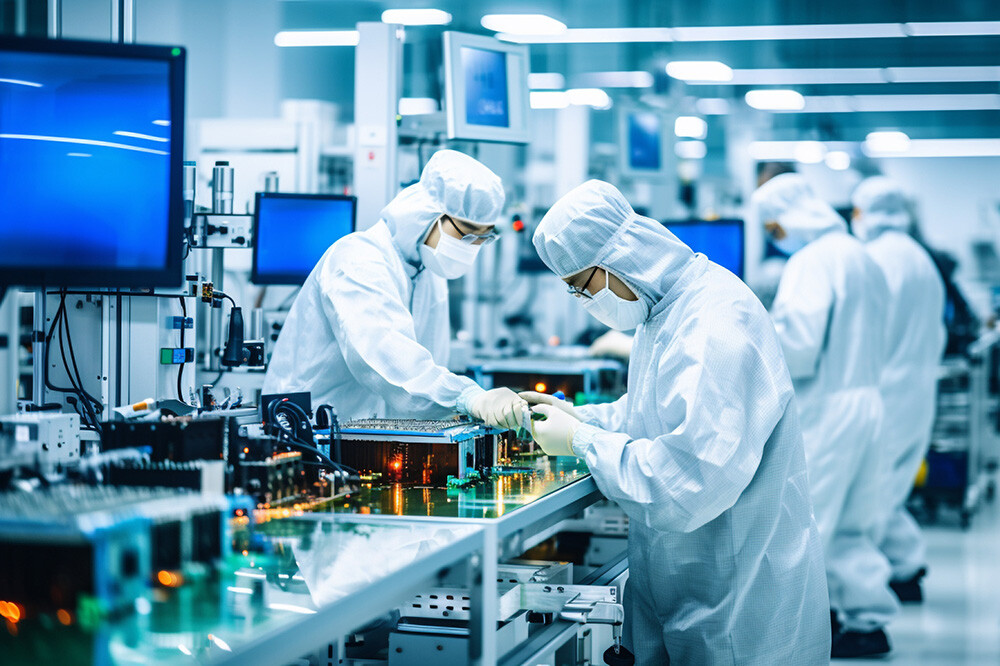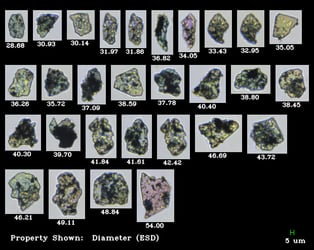Particle-free environments with strict cleanliness protocols are generally required to manufacture and assemble advanced optics and electronics components. The presence of even the smallest amount of contamination can negatively impact product quality and performance.
Particle monitoring techniques have been widely used to monitor the number and size of particles present in the manufacturing environment, including cleanrooms, assembly lines, and packaging areas. The need for continued reductions in particle size and quantity in cleanroom environments is well established. The ability to accurately quantify these contaminants is the first step in developing a basic particle control plan.
Besides the goal of continuing to reduce particle contamination in controlled environments, there is a growing need for advanced tools to rapidly identify and categorize contamination sources. By pinpointing the type of particles present in the environment, the source of the contamination can be quickly found and addressed. Identifying the nature of the contamination is a critical step for manufacturers to implement targeted solutions as part of a comprehensive particle control plan.
 Our application note, "Monitoring Cleanliness in Electronics Manufacturing with Dynamic Image Analysis" compares traditional particle counting techniques to the benefits of direct imaging methods like Dynamic Image Analysis (DIA), also known as Flow Imaging Microscopy (FIM) for the identification of particle contamination sources. It reviews common particle types that may be present in manufacturing wash fluid, as well as existing standards for product cleanliness and how FIM can help manufacturers meet those standards.
Our application note, "Monitoring Cleanliness in Electronics Manufacturing with Dynamic Image Analysis" compares traditional particle counting techniques to the benefits of direct imaging methods like Dynamic Image Analysis (DIA), also known as Flow Imaging Microscopy (FIM) for the identification of particle contamination sources. It reviews common particle types that may be present in manufacturing wash fluid, as well as existing standards for product cleanliness and how FIM can help manufacturers meet those standards.
Within the application note, you can read a case study that uses FlowCam, a flow imaging microscope, to test an aqueous wash fluid for electronic components to cleanliness Level 300 and Level 500 per the IEST-STD-CC1246E standard.
FlowCam is a unique particle monitoring instrument that measures size and count directly through image analysis of each particle, enabling the determination of a wide range of particle characteristics, such as diameter, fiber length (maximum Feret length), or stretched fiber length (geodesic length). FlowCam software enables the setting of flexible and automated size bin filters in accordance with cleanliness standards such as IEST-STD-CC1246 or ISO 16232. Data and particle images presented in this study demonstrate how FlowCam can be used to rapidly identify the size, shape, and type of particle contaminants present in a manufacturing environment.
Learn more about FlowCam for Materials Characterization Applications











